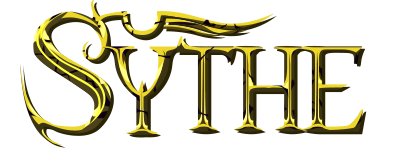A Basic Guide to Table Tennis
Discussion in 'Archives' started by Rsaccounttrader, Jul 12, 2010.
Sign in to Post
Thread Tools
- Thread ID:
A Basic Guide to Table Tennis
Users viewing this thread
1 guest

